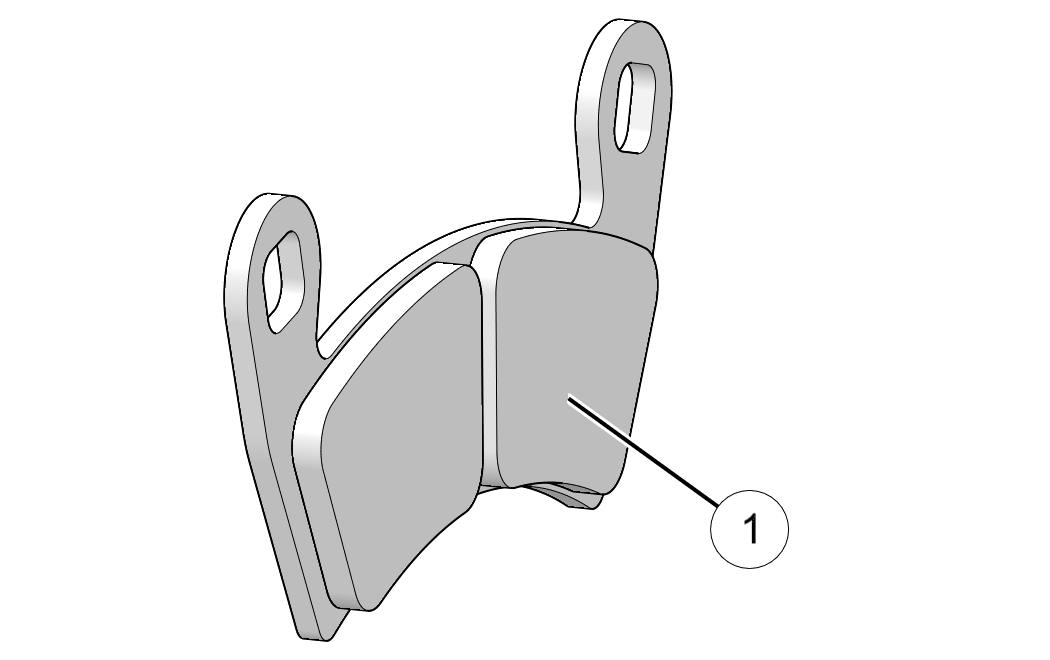
Content Source: 2021 RANGER 1000 / RANGER CREW 1000 Owner’s Manual (9939983 R01) > Maintenance Chapter
| IMPORTANT |
|
The Owner's Manual for this vehicle contains warnings, instructions and other information you must read and fully understand before safely riding or performing maintenance on this vehicle.Always follow the warnings and instructions in Owner's Manual. Click the CONTENTS link above for the Table Of Contents, or download a full PDF of the Owner Manual in the Owner Support area of Polaris.com |
| After opening a bottle of brake fluid, always discard any unused portion. Never store or use a partial bottle. Brake fluid is hygroscopic, meaning it rapidly absorbs moisture from the air. The moisture causes the boiling temperature of the brake fluid to drop, which can lead to early brake fade and the possibility of accident or severe injury. |
|
Do not apply WD-40®or any petroleum product to brake discs. These types of products are flammable and may also reduce the
friction between the brake pad and caliper.
|

© Copyright Polaris Inc. All rights reserved.